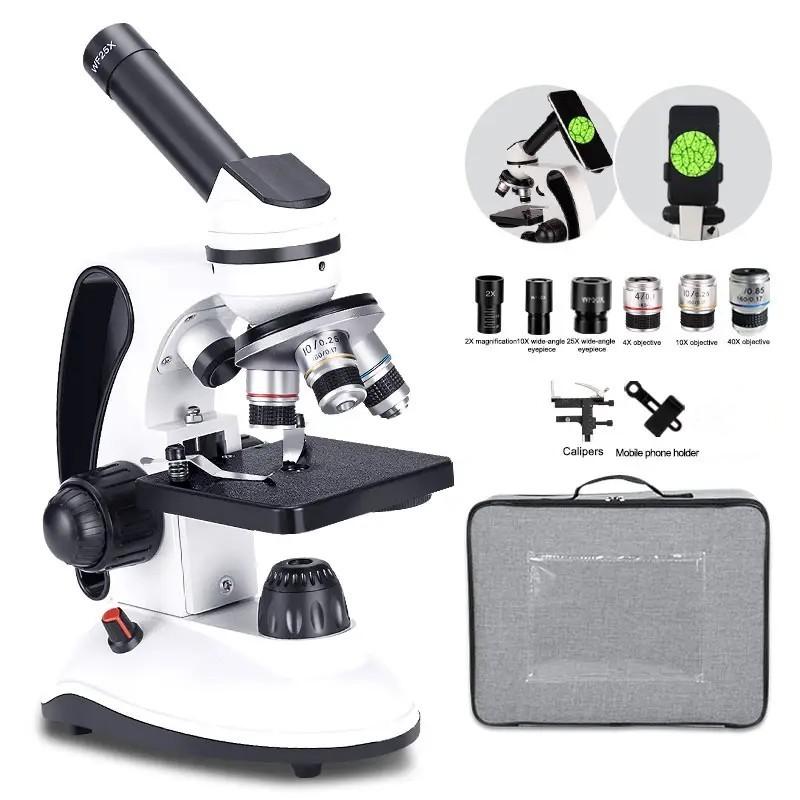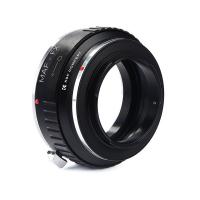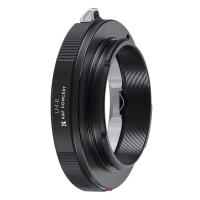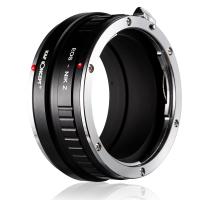How To See Blood Under Microscope ?
To see blood under a microscope, you would first need to prepare a blood smear slide. Start by cleaning the area where you will be working and sterilizing the microscope slide and cover slip. Next, prick your finger with a lancet or needle to obtain a small drop of blood. Gently touch the edge of the slide to the drop of blood, allowing it to spread across the slide. Once the blood has dried, fix the smear by passing it through a flame or using a fixative solution. Finally, place the slide under the microscope and adjust the focus to observe the blood cells.
1、 Preparation of blood sample for microscopic examination
To see blood under a microscope, you need to prepare a blood sample for microscopic examination. Here is a step-by-step guide on how to do it:
1. Gather the necessary materials: You will need a microscope, glass slides, cover slips, a lancet or needle, a clean cotton ball or alcohol swab, and a microscope slide holder.
2. Sterilize the equipment: Clean the glass slides and cover slips with alcohol or a suitable disinfectant to ensure they are free from any contaminants.
3. Prepare the patient: If you are taking a blood sample from a patient, ensure they are comfortable and their arm is clean. Use a lancet or needle to prick the patient's finger or vein to obtain a small drop of blood.
4. Collect the blood sample: Gently touch the drop of blood with a clean glass slide, allowing the blood to spread across the slide. Be careful not to press too hard, as this can distort the blood cells.
5. Apply a cover slip: Place a cover slip over the blood sample, ensuring there are no air bubbles trapped underneath. Gently press down to flatten the blood and secure the cover slip in place.
6. Examine under the microscope: Place the prepared slide on the microscope slide holder and carefully position it under the microscope lens. Start with a low magnification objective lens and gradually increase the magnification to observe the blood cells in detail.
It is important to note that the latest advancements in microscopy techniques, such as digital microscopy and automated cell counters, have made blood analysis more efficient and accurate. These technologies allow for faster and more precise identification and counting of blood cells, aiding in the diagnosis and monitoring of various diseases and conditions. Additionally, some microscopes now come equipped with digital imaging capabilities, enabling the capture and analysis of blood cell images for further examination and documentation.

2、 Setting up the microscope for optimal blood visualization
Setting up the microscope for optimal blood visualization is crucial to accurately observe and analyze blood samples. Here is a step-by-step guide on how to see blood under a microscope:
1. Prepare the microscope: Ensure that the microscope is clean and in good working condition. Clean the lenses with lens paper or a soft cloth to remove any dust or debris that may obstruct the view.
2. Prepare the blood sample: Obtain a small drop of blood from the subject using a lancet or other sterile method. Place the drop of blood on a clean glass slide and spread it out evenly using another slide. Allow the blood to air dry completely.
3. Stain the blood: To enhance the visibility of blood cells, you can use a stain such as Wright's stain or Giemsa stain. Follow the instructions provided with the stain to properly prepare and apply it to the blood sample. Staining helps differentiate the various blood cells and makes them easier to observe.
4. Mount the slide: Place the stained blood slide on the microscope stage and secure it with the stage clips or slide holder. Ensure that the blood cells are facing up and centered in the field of view.
5. Adjust the microscope settings: Begin with the lowest magnification objective lens (usually 10x) and focus on the blood cells using the coarse and fine focus knobs. Once the cells are in focus, switch to higher magnification lenses (40x or 100x) for a more detailed view.
6. Observe and analyze: Take your time to observe the blood cells under the microscope. Look for red blood cells (erythrocytes), white blood cells (leukocytes), and platelets (thrombocytes). Pay attention to their size, shape, and any abnormalities that may be present.
It is important to note that the latest advancements in microscopy techniques, such as digital microscopy and automated cell counters, have made blood analysis more efficient and accurate. These technologies provide enhanced visualization and automated analysis of blood cells, allowing for faster and more precise results. However, the basic principles of setting up a microscope for blood visualization remain the same.

3、 Identifying and observing different blood cell types
To see blood under a microscope and identify different blood cell types, follow these steps:
1. Prepare a blood sample: Obtain a small amount of blood by pricking the fingertip or using a lancet. Place a drop of blood on a clean glass slide.
2. Spread the blood: Using another slide, gently spread the drop of blood across the slide's surface. This will create a thin, even layer of blood cells.
3. Stain the blood: Apply a stain, such as Wright's stain or Giemsa stain, to the blood sample. Staining helps differentiate the various blood cell types and enhances their visibility under the microscope.
4. Observe under the microscope: Place the slide on the microscope stage and start with the lowest magnification objective lens. Focus the microscope until the blood cells come into view. Gradually increase the magnification to observe the cells in more detail.
5. Identify blood cell types: Look for different blood cell types, including red blood cells (erythrocytes), white blood cells (leukocytes), and platelets (thrombocytes). Red blood cells appear as small, biconcave discs, while white blood cells are larger and have a more irregular shape. Platelets are tiny, irregularly shaped fragments.
6. Note any abnormalities: Pay attention to any abnormal blood cell morphology or counts, such as the presence of sickle cells, immature cells, or abnormal cell shapes. These observations can provide valuable information about a person's health.
It is important to note that while microscopy is a valuable tool for observing blood cells, it has limitations. Advanced techniques, such as flow cytometry and molecular analysis, are often used in conjunction with microscopy to provide a more comprehensive understanding of blood cell types and their functions.

4、 Analyzing blood cell morphology and characteristics
To see blood under a microscope and analyze its cell morphology and characteristics, follow these steps:
1. Prepare a blood smear: Take a small drop of blood and place it on a clean glass slide. Using another slide, spread the blood drop evenly to create a thin film. Let it air dry.
2. Stain the blood smear: Staining helps to differentiate the various blood cells and enhance their visibility. The most commonly used stain for blood smears is Wright's stain or Giemsa stain. Follow the staining protocol provided with the stain kit.
3. Observe under a microscope: Place the stained blood smear on the microscope stage and start with the lowest magnification objective lens. Focus on an area of interest and gradually increase the magnification to observe individual blood cells.
4. Identify different blood cells: Look for different types of blood cells, including red blood cells (erythrocytes), white blood cells (leukocytes), and platelets (thrombocytes). Observe their size, shape, color, and any abnormalities.
5. Analyze cell morphology and characteristics: Examine the red blood cells for variations in size (anisocytosis) and shape (poikilocytosis), which can indicate certain diseases. Count the number of white blood cells and identify their types (neutrophils, lymphocytes, monocytes, eosinophils, basophils) to assess the immune response. Look for any abnormal or immature cells, such as blasts or atypical lymphocytes, which may indicate leukemia or other disorders.
6. Document and interpret findings: Record your observations and compare them to normal blood cell morphology and characteristics. Consult reference materials or seek expert opinion to interpret any abnormalities or variations observed.
It is important to note that this answer provides a general overview of how to analyze blood cell morphology and characteristics under a microscope. For a more detailed and accurate analysis, it is recommended to consult a trained medical professional or hematologist.































There are no comments for this blog.